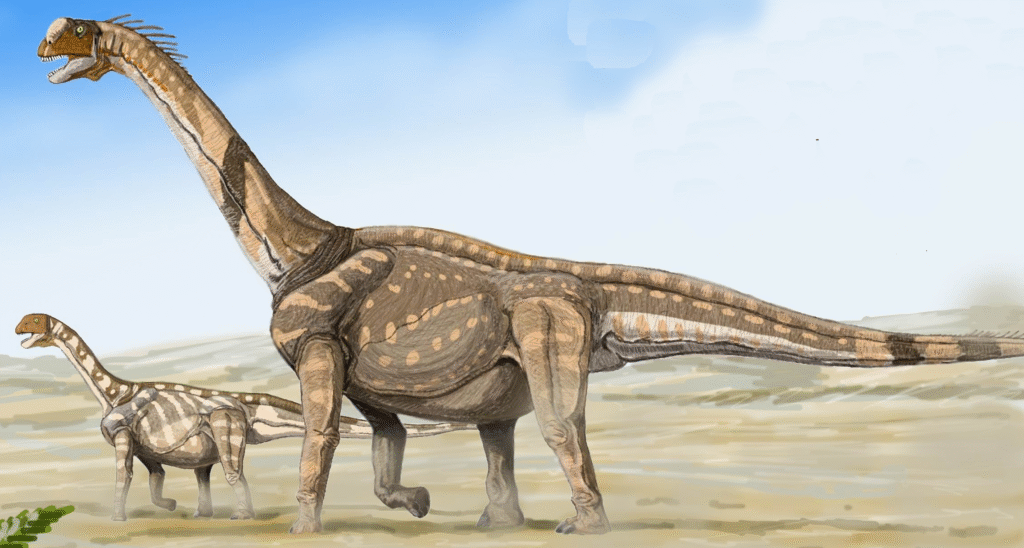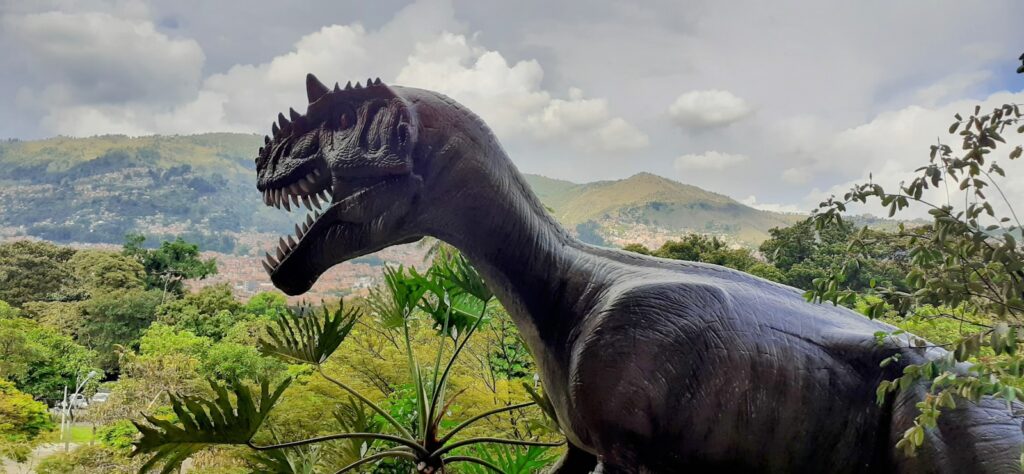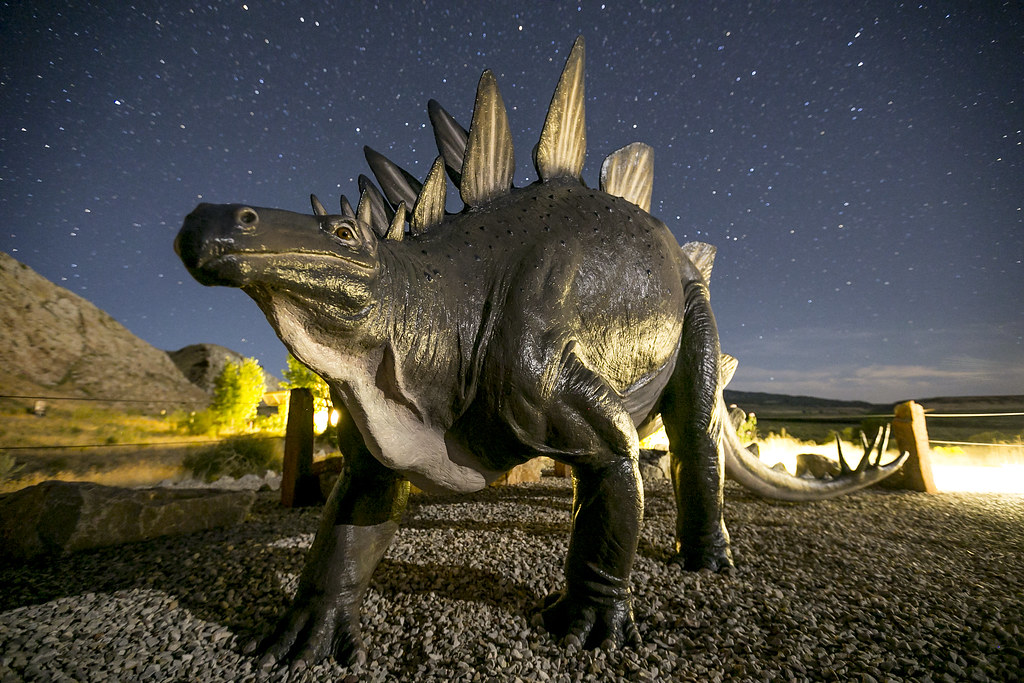Picture this: you’re standing next to a yellow school bus, measuring its length at about 35 feet. Now imagine a creature whose neck alone stretches even longer than that entire vehicle. This isn’t science fiction – it’s the incredible reality of Mamenchisaurus, one of the most awe-inspiring dinosaurs that ever walked our planet. This colossal sauropod roamed ancient China with a neck so impossibly long that it defied the laws of physics as we understand them today.
The Record-Breaking Neck That Stunned Scientists
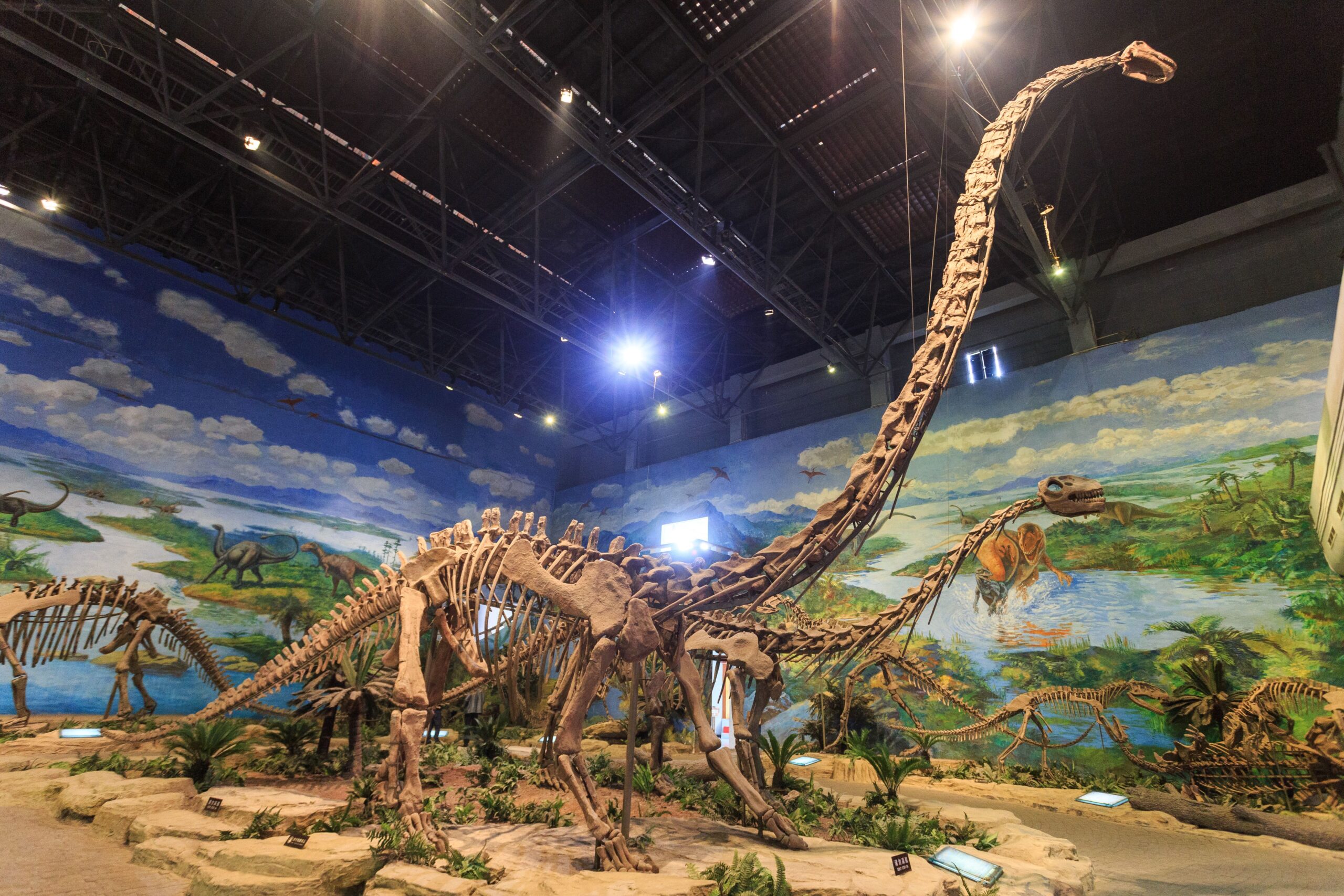
When paleontologists first discovered Mamenchisaurus fossils in China during the 1950s, they couldn’t believe what they were seeing. The neck vertebrae seemed to go on forever, stretching far beyond anything they’d encountered before. The largest specimen, Mamenchisaurus sinocanadorum, boasted a neck measuring an astounding 49 feet in length – longer than most school buses and nearly half the length of a football field.
This extraordinary measurement made Mamenchisaurus the undisputed champion of neck length in the dinosaur world. Even other long-necked sauropods like Diplodocus and Brachiosaurus couldn’t compete with this Chinese giant. The sheer scale of this adaptation left scientists scratching their heads about how such a structure could even function in a living animal.
Ancient China’s Towering Giant
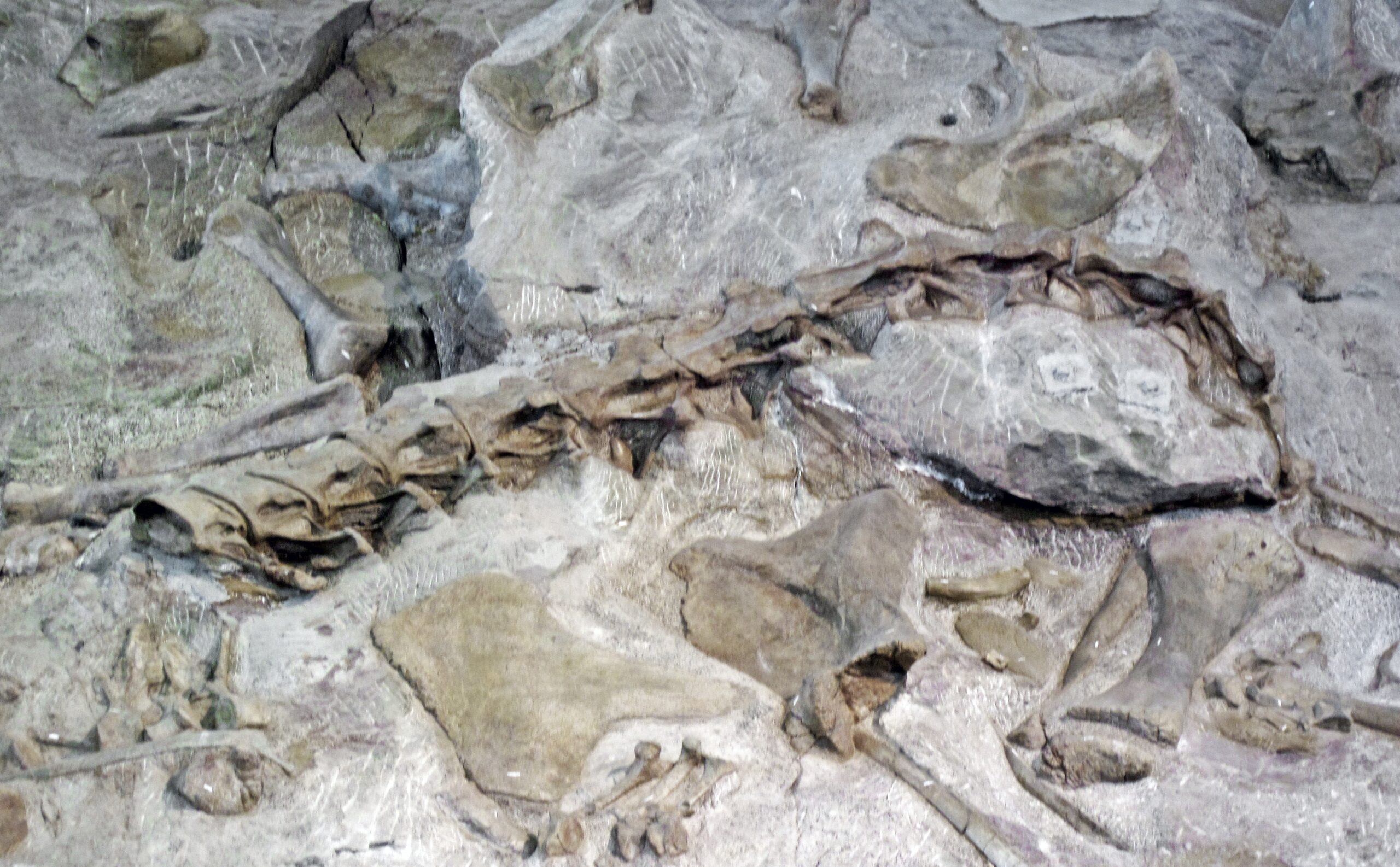
Mamenchisaurus lived during the Late Jurassic period, approximately 160 to 145 million years ago, when China looked nothing like it does today. The landscape was lush and tropical, filled with towering conifer forests and vast floodplains that provided the perfect environment for these massive herbivores. Rivers crisscrossed the terrain, creating a paradise for plant-eating dinosaurs.
The climate was warm and humid, with no ice caps at the poles and sea levels much higher than today. This greenhouse world supported an incredible diversity of plant life, from primitive flowering plants to massive cycads and ferns. For a creature that needed to consume hundreds of pounds of vegetation daily, this environment was absolutely perfect.
The Physics-Defying Anatomy
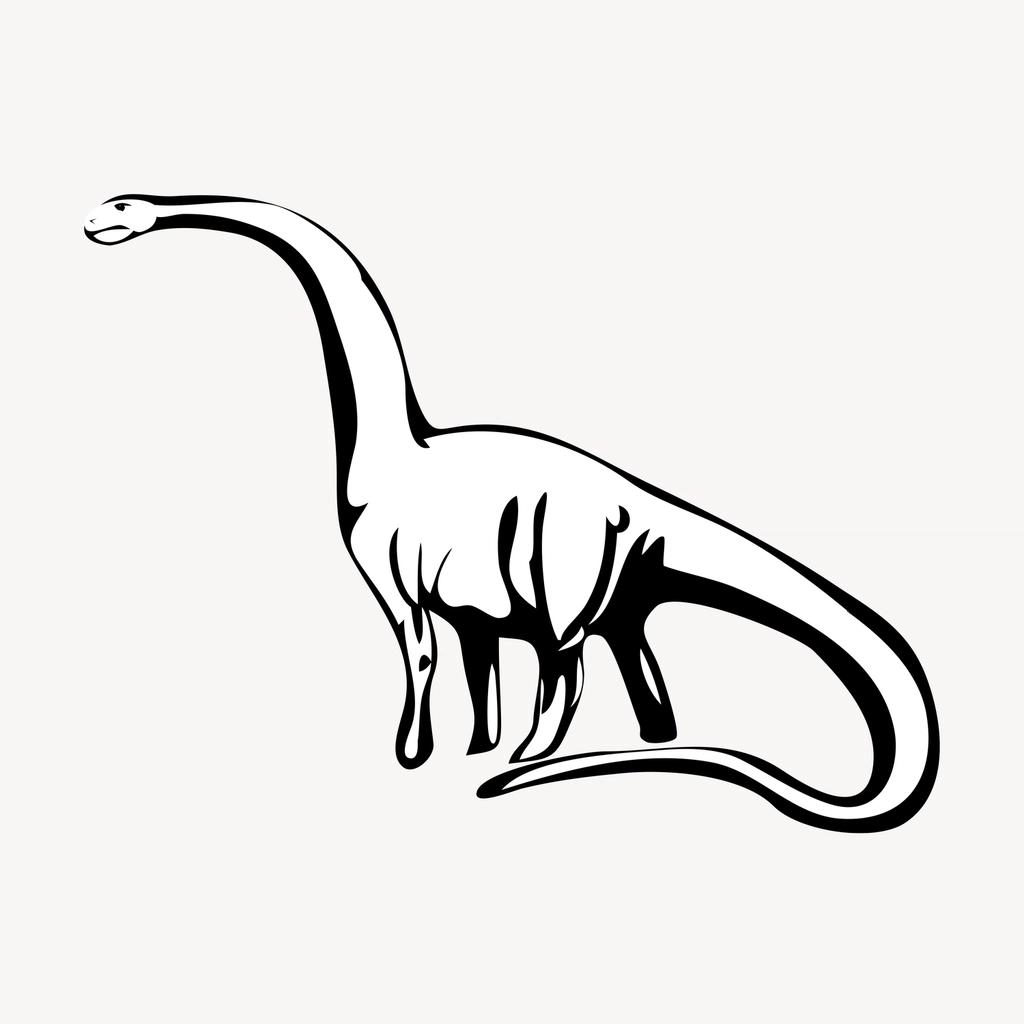
Understanding how Mamenchisaurus could support such an enormous neck requires diving into some fascinating biomechanics. The neck contained up to 19 vertebrae, each one carefully engineered by evolution to be both strong and lightweight. These bones were filled with air sacs, similar to those found in modern birds, which dramatically reduced their weight without sacrificing structural integrity.
The cervical ribs – thin, rod-like bones that extended from each vertebra – acted like natural cables, providing additional support and preventing the neck from collapsing under its own weight. Think of them as the guy-wires that keep a radio tower standing upright. Without these ingenious adaptations, the neck would have been impossible to lift, let alone use for feeding.
Blood Pressure Challenges of Epic Proportions
Imagine trying to pump blood up a four-story building – that’s essentially what Mamenchisaurus had to do every single day. The heart of this massive dinosaur faced an incredible challenge: getting oxygenated blood all the way up to the brain through that impossibly long neck. Scientists estimate that the blood pressure required would have been astronomical, possibly reaching levels that would be fatal to any modern animal.
Recent research suggests that Mamenchisaurus might have had multiple hearts or an incredibly powerful single heart to manage this physiological feat. Some paleontologists theorize that the neck was actually held horizontally most of the time, reducing the vertical pumping distance and making the whole system more manageable. This horizontal posture would have been like having a living, breathing crane that could sweep across vast areas of vegetation.
The Ultimate High-Rise Dining Experience

That extraordinary neck wasn’t just for show – it was the ultimate feeding adaptation. While other dinosaurs were limited to ground-level plants or had to rear up on their hind legs to reach higher vegetation, Mamenchisaurus could simply extend its neck and access food sources that were completely out of reach for its competitors. This gave it an enormous advantage in the prehistoric ecosystem.
The dinosaur could feed like a massive vacuum cleaner, systematically stripping leaves from trees without having to move its enormous body. This energy-efficient feeding strategy meant it could consume the massive amounts of plant material needed to fuel its gigantic frame while expending minimal energy on locomotion. It was nature’s answer to the perfect grazing machine.
Fossil Discoveries That Changed Everything
The first Mamenchisaurus fossils were discovered in 1952 in Sichuan Province, China, by paleontologist Young Chung-chien. However, it wasn’t until later discoveries that the true magnitude of this creature became apparent. The most complete specimen, found in the 1990s, revealed the full extent of that record-breaking neck and revolutionized our understanding of sauropod anatomy.
Each new fossil discovery has added pieces to the puzzle, helping scientists understand not just the physical structure of Mamenchisaurus, but also how it lived and moved. The preservation of these fossils in Chinese sedimentary rocks has been exceptional, sometimes including delicate structures like the cervical ribs that are rarely found intact. These discoveries have made China one of the most important locations for sauropod paleontology in the world.
Comparing Giants: How Mamenchisaurus Stacked Up
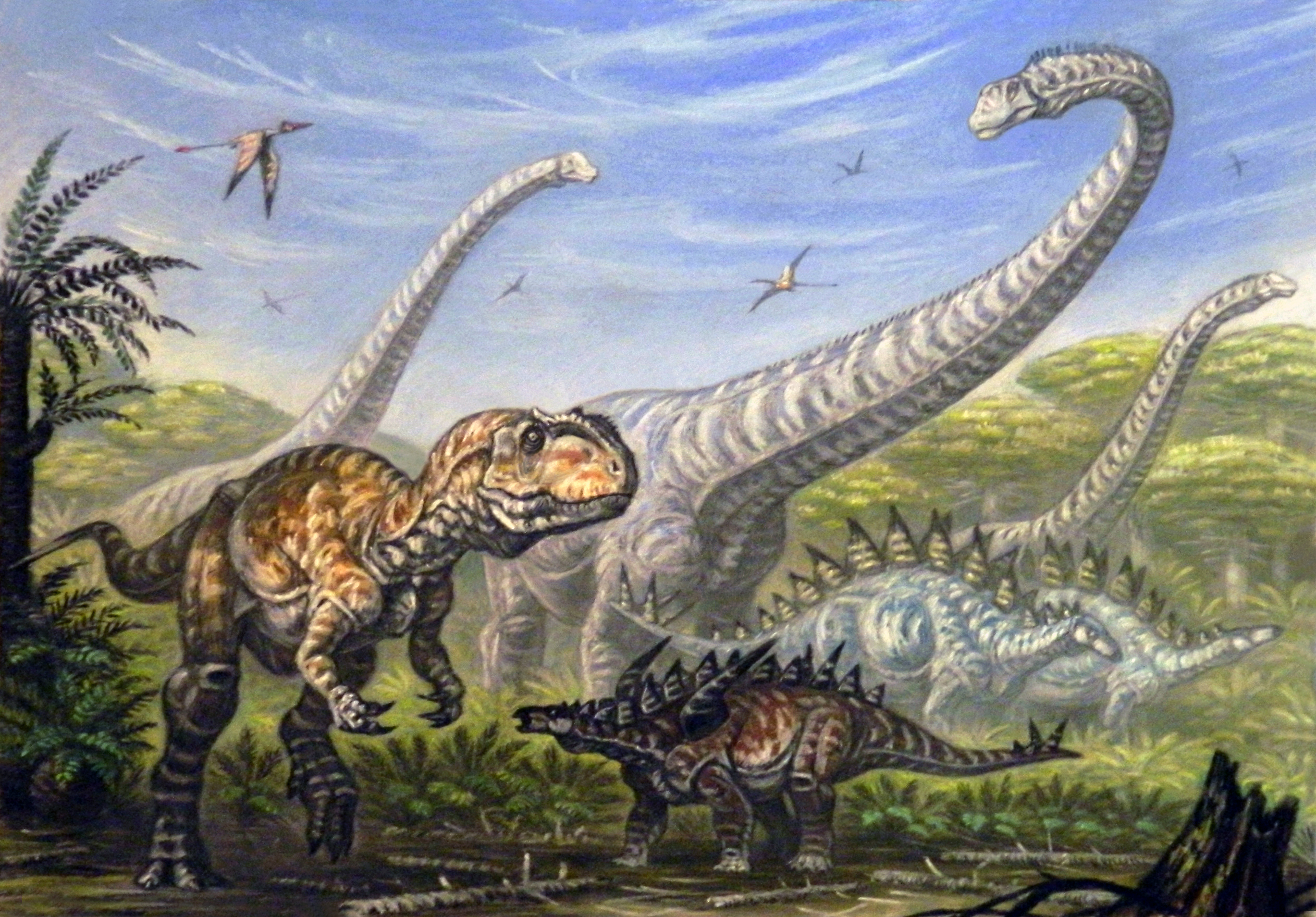
When placed alongside other famous long-necked dinosaurs, Mamenchisaurus truly stands out as exceptional. Diplodocus, often considered the classic long-necked dinosaur, had a neck that was impressive at about 26 feet, but that’s barely half the length of Mamenchisaurus. Even Brachiosaurus, with its famously upright posture, couldn’t match the sheer reach of this Chinese giant.
The total body length of Mamenchisaurus reached up to 115 feet, making it one of the longest dinosaurs ever discovered. However, what made it unique wasn’t just its overall size, but the proportion of that length dedicated to the neck. Nearly half of the entire animal was neck, creating a silhouette unlike any other creature in Earth’s history. This extreme specialization represents one of evolution’s most remarkable experiments in vertebrate design.
The Mystery of Movement and Mobility
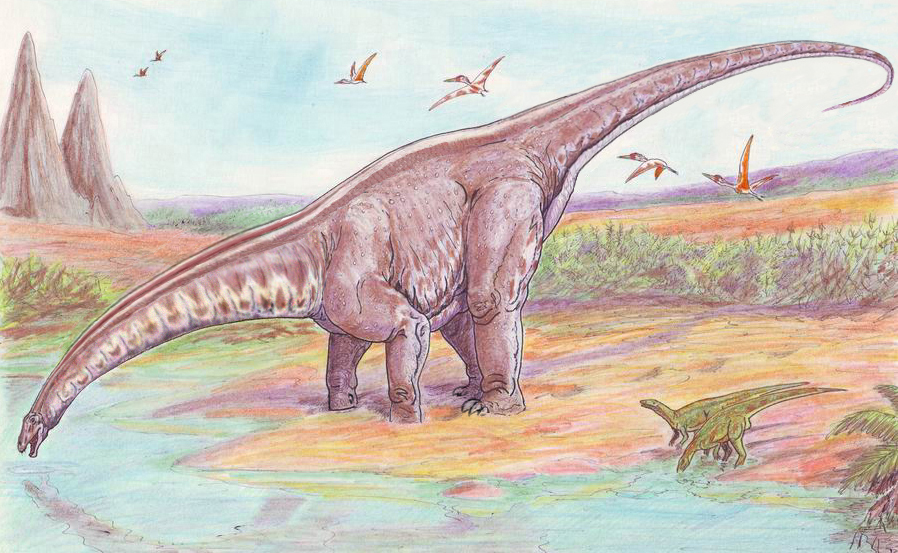
How did an animal with such an enormous neck actually move through its environment? This question has puzzled paleontologists for decades and continues to spark heated debates in the scientific community. Some researchers argue that the neck was held relatively horizontal, like a massive cantilever beam, while others suggest it could be raised and lowered like a construction crane.
Recent computer modeling studies have provided fascinating insights into the possible range of motion. The neck likely couldn’t be raised completely vertical due to the enormous energy requirements and blood pressure challenges, but it could probably be lifted to significant heights – perhaps 40 to 50 feet above the ground. This would have allowed Mamenchisaurus to browse from the tallest trees of its time while maintaining physiological stability.
Evolutionary Advantages of Extreme Neck Length
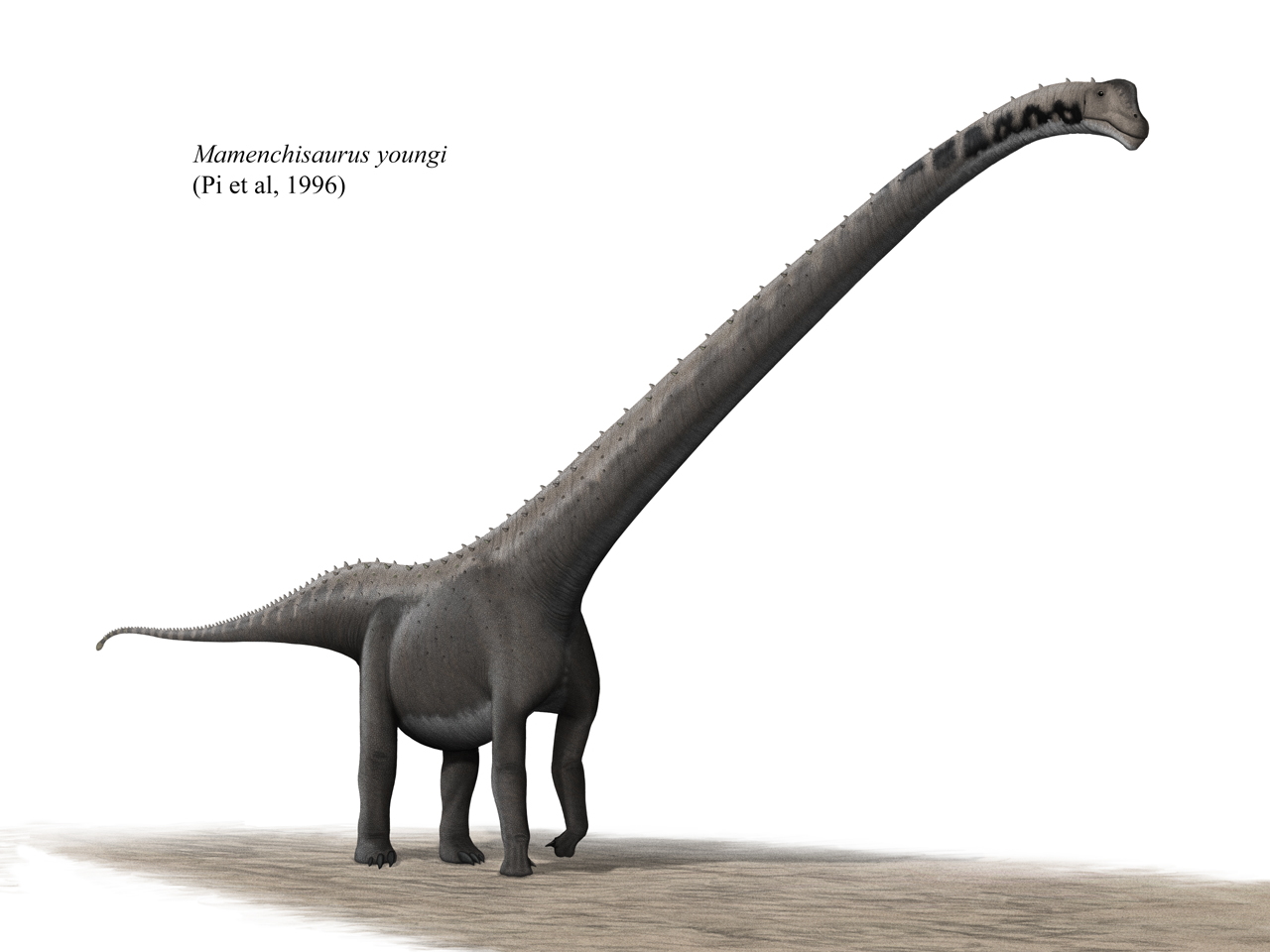
The evolution of such an extreme neck length didn’t happen overnight – it represented millions of years of gradual adaptation and natural selection. This remarkable feature provided several key advantages that helped Mamenchisaurus thrive in its ancient ecosystem. The most obvious benefit was access to food sources that were completely unavailable to other herbivores of the time.
Competition for food resources was fierce during the Late Jurassic period, with numerous species of sauropods sharing the same habitats. By evolving the ability to feed at extreme heights, Mamenchisaurus essentially created its own private dining room in the forest canopy. This reduced competition and allowed populations to grow larger than would have been possible otherwise. The neck also served as an early warning system, allowing the dinosaur to spot predators from great distances while its head was elevated above the forest.
Modern Technology Unveils Ancient Secrets
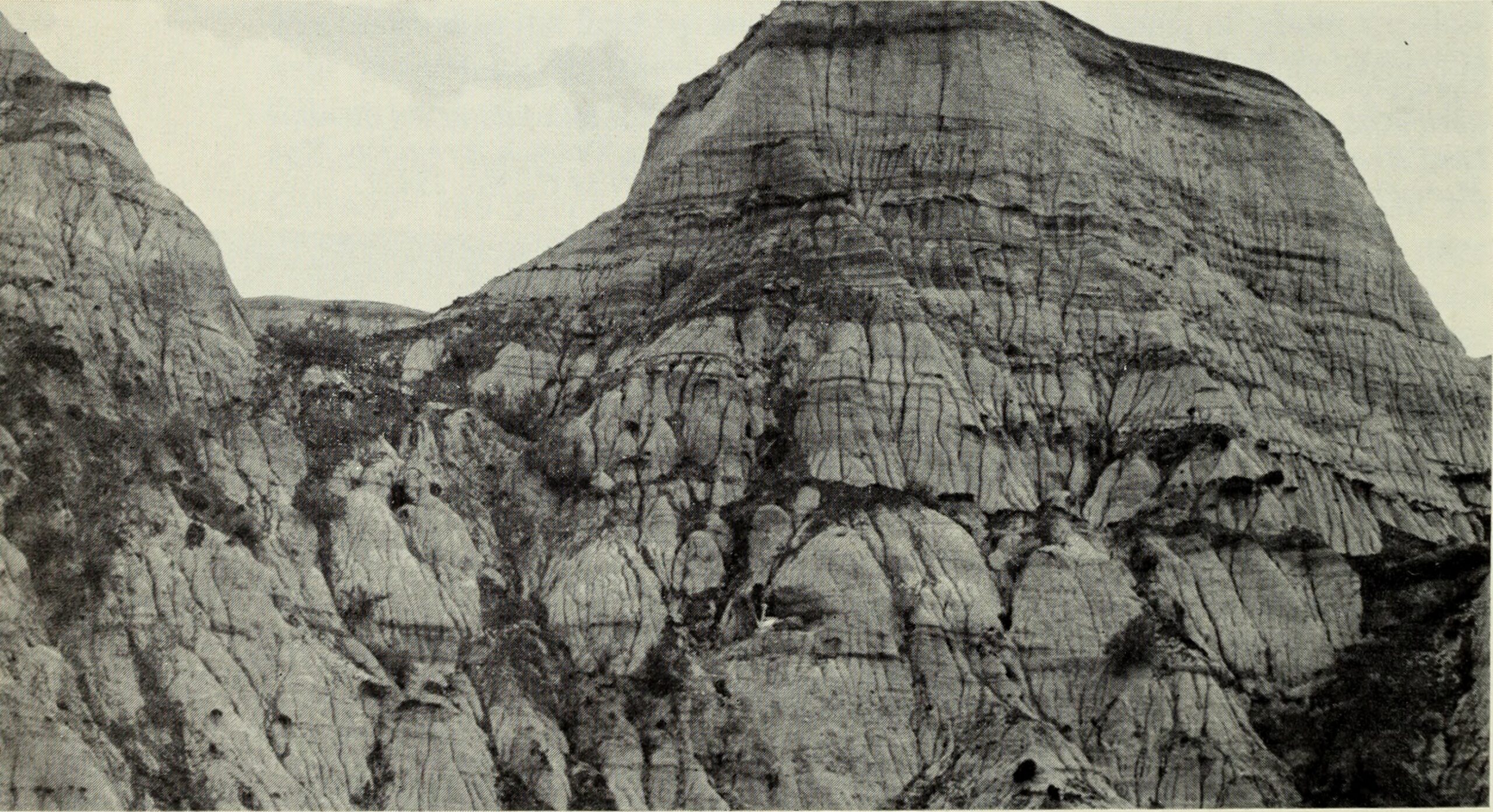
Today’s paleontologists have tools that earlier researchers could only dream of, and these technologies are revolutionizing our understanding of Mamenchisaurus. CT scanning allows scientists to peer inside fossilized bones without damaging them, revealing the intricate internal structure of the vertebrae and the complex network of air sacs that made such a long neck possible.
Computer modeling and finite element analysis help researchers understand the stresses and strains that would have acted on the neck during life. These digital reconstructions can simulate different postures and movements, helping scientists determine what was physically possible for this ancient giant. 3D printing technology even allows researchers to create precise replicas of fossils, enabling detailed study and comparison between specimens housed in different museums around the world.
The Predator Problem: Defending the Indefensible
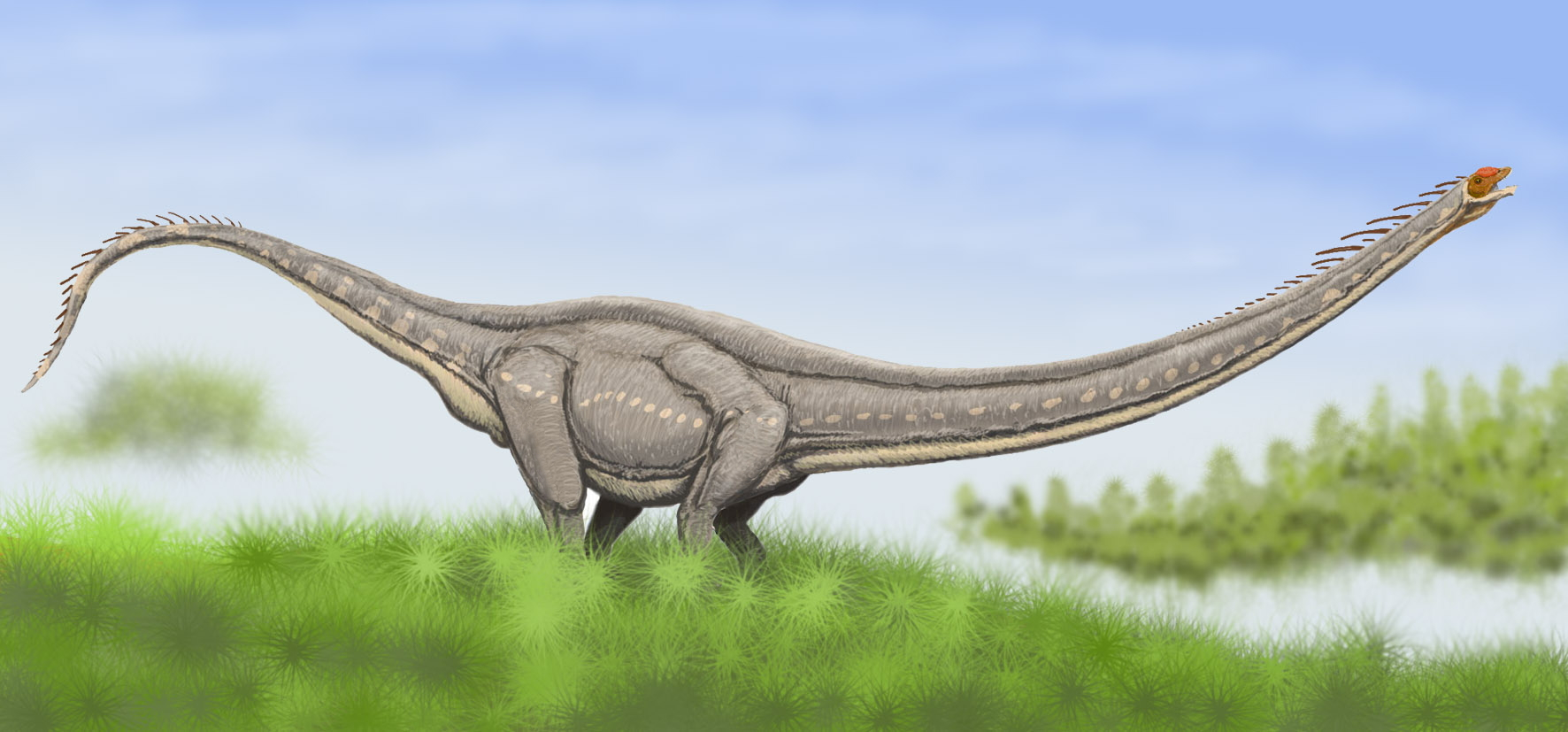
Having such an enormous neck created unique challenges when it came to defense against predators. The neck was essentially a massive target that extended far from the protective bulk of the body, making it vulnerable to attack from large theropod dinosaurs like Allosaurus and Yangchuanosaurus. This vulnerability shaped many aspects of Mamenchisaurus behavior and social structure.
Scientists believe that these dinosaurs likely lived in herds, providing safety in numbers and multiple sets of eyes to watch for danger. The youngest and most vulnerable individuals would have been protected in the center of the group, while the largest adults formed a defensive perimeter. When threatened, Mamenchisaurus could potentially use its massive neck as a weapon, swinging it like a enormous club to deliver devastating blows to attackers.
Environmental Clues from Ancient Ecosystems
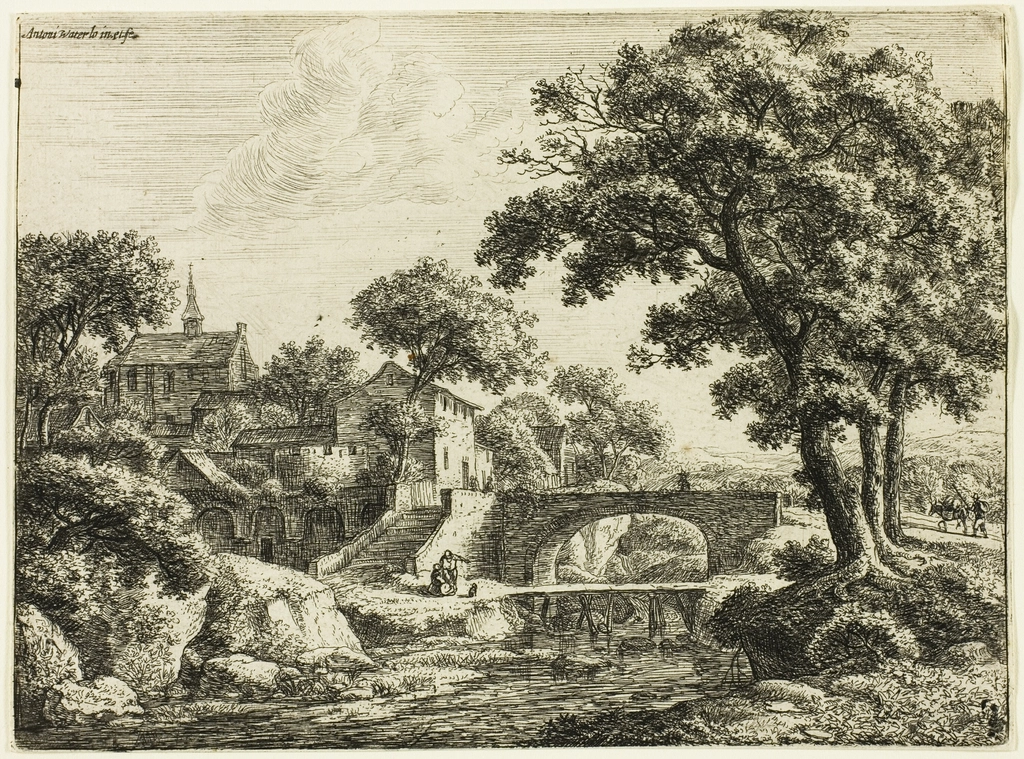
The rocks that preserve Mamenchisaurus fossils tell us a remarkable story about the environment where these giants lived. The sedimentary layers contain evidence of ancient rivers, floodplains, and forests that supported incredibly diverse ecosystems. Plant fossils found alongside the dinosaur remains include conifers, cycads, and ferns that grew to enormous sizes in the warm, humid climate.
These ancient forests were structured differently from modern ecosystems, with many trees growing to extreme heights to compete for sunlight. This vertical stratification of vegetation created the perfect environment for the evolution of long-necked dinosaurs. The abundance of high-growing plants provided the selective pressure that drove the evolution of increasingly longer necks, culminating in the extreme adaptation seen in Mamenchisaurus.
The Engineering Marvel of Cervical Ribs
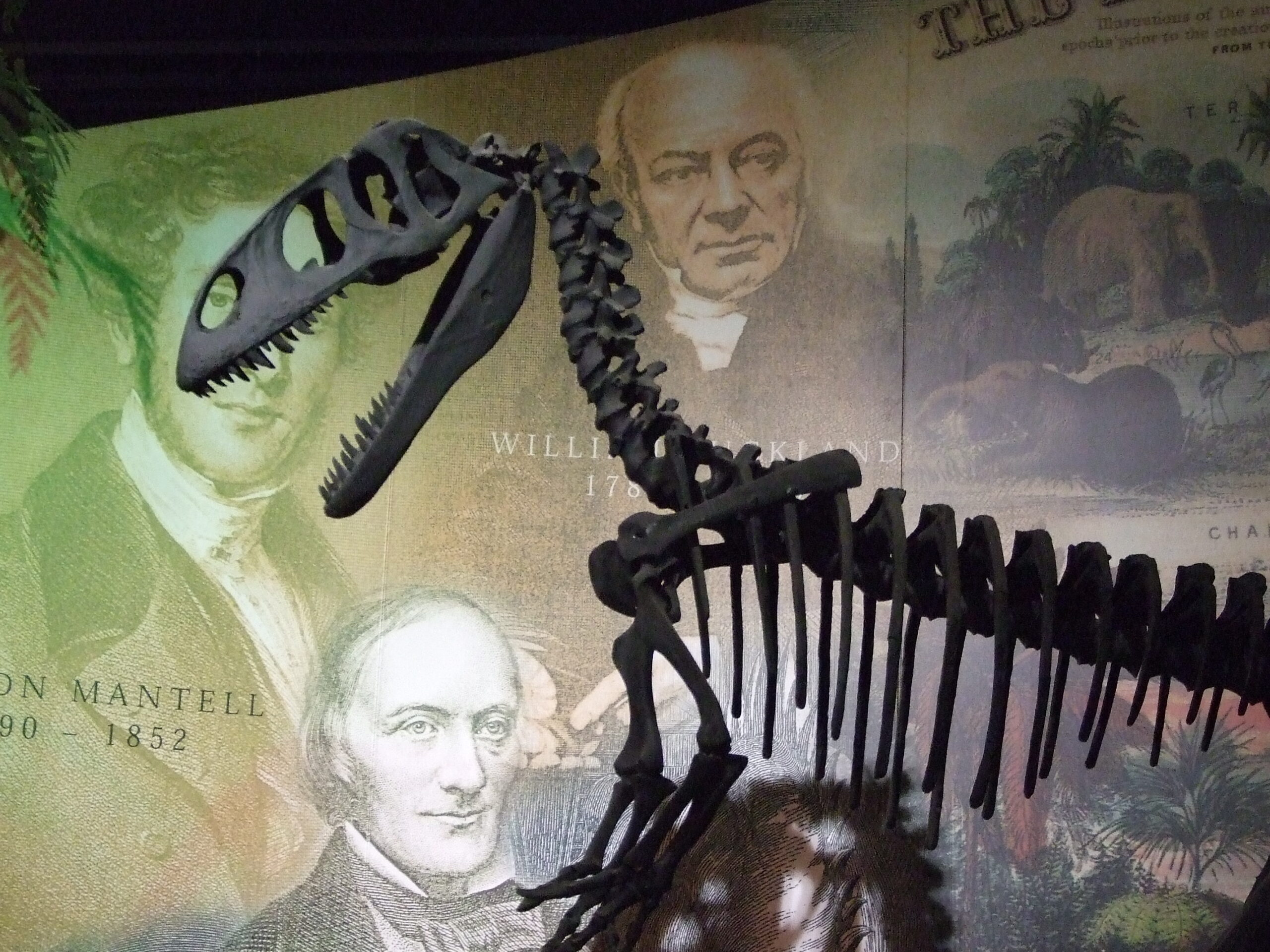
One of the most fascinating aspects of Mamenchisaurus anatomy is the system of cervical ribs that supported its enormous neck. These thin, elongated bones extended from each vertebra like the stays of a suspension bridge, creating a natural framework that prevented the neck from collapsing under its own weight. The cervical ribs were often longer than the vertebrae themselves, sometimes reaching lengths of over six feet.
The arrangement of these ribs was incredibly sophisticated, with each one positioned at precisely the right angle to provide maximum support while allowing for flexibility. This biological engineering solution was so effective that it allowed Mamenchisaurus to maintain a functional neck that was longer than any other known vertebrate. The discovery of well-preserved cervical ribs in Chinese fossils has been crucial to our understanding of how these dinosaurs actually lived and moved.
Legacy and Impact on Paleontology
The discovery and study of Mamenchisaurus has had a profound impact on our understanding of dinosaur evolution and biomechanics. This remarkable creature has challenged scientists to think beyond the limits of what seems physically possible, pushing the boundaries of our knowledge about vertebrate anatomy and physiology. The engineering principles revealed in its neck structure have even inspired modern architectural and engineering solutions.
Mamenchisaurus has also played a crucial role in highlighting the importance of Chinese paleontology on the global stage. The exceptional preservation of these fossils in Chinese sedimentary rocks has made the country a world leader in sauropod research. Museums around the world now feature impressive displays of these giants, inspiring new generations of paleontologists and dinosaur enthusiasts to explore the incredible diversity of prehistoric life.
The next time you see a school bus driving down the street, take a moment to imagine a creature whose neck alone stretched longer than that entire vehicle. Mamenchisaurus represents one of evolution’s most extreme experiments, a testament to the incredible diversity and adaptability of life on Earth. This remarkable dinosaur pushed the boundaries of what was physically possible, creating a living structure that defied conventional wisdom and continues to amaze scientists today. In a world where we think we’ve seen everything, Mamenchisaurus reminds us that nature’s creativity knows no bounds – and that the most incredible stories are often the ones that actually happened millions of years ago.

